Bonsai, the art of growing miniature trees, can be a beautiful hobby, and cotoneasters are a popular choice for beginners.
We’ll find out whether cotoneasters make good bonsai. Cotoneasters are small, hardy shrubs known for their lovely flowers and berries.
One of the great things about cotoneasters is that they tolerate pruning and shaping quite well, making them suitable for bonsai training.
We will discuss the features of cotoneasters that make them suitable for bonsai, the steps to get started with bonsai, and some basic care tips to help your miniature tree grow.
If you’re new to bonsai or looking for an easy and enjoyable project, cotoneasters may be the perfect choice.
Let’s start and find the Cotoneaster bonsai together.
Where to Put Your Bonsai
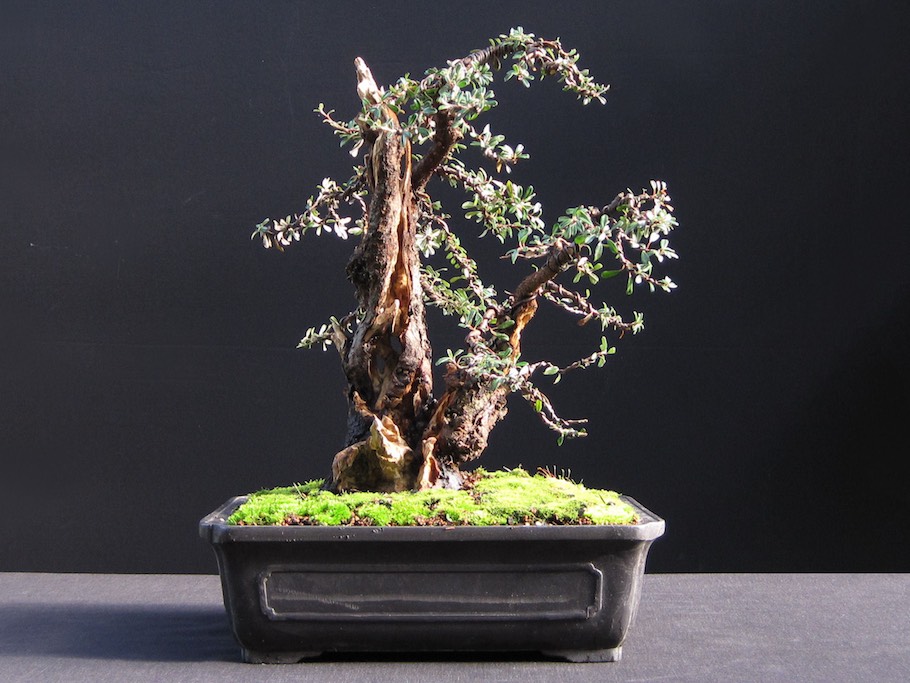
Choose a sunny spot for your bonsai. These small trees love the sun, so make sure they get at least 6 hours of it every day. Whether you keep them inside or outside, don’t forget that they enjoy the sun.
This sunlight helps them grow well, so they have many green leaves and strong branches. So, put them where the sun shines on them, and your bonsai will thank you for its beautiful natural looks. Think about sunshine as their favorite thing.
Changing Your Bonsai’s Pot
When you see your Cotoneaster’s roots wrapping around the pot or cover out from the bottom, it’s time to find a new home. Spring is the best time for this job since the plant is almost ready for a change. Pick a slightly bigger pot, trim the roots gently, and use good-quality bonsai soil. This process helps your Cotoneaster stay healthy and look great in your space, making it a fun task for garden lovers.
Giving Your Bonsai Water
To make sure your Cotoneaster plant stays healthy, you need to keep its soil the right amount of wetness. First, touch the soil’s top inch. If it feels dry, give it some water. When you water, do it well. Make sure the water goes down to the roots. Keep pouring water until you see extra water coming out from the bottom of the pot or the ground. Cotoneaster plants like their soil to be a bit damp but not too soggy. By doing these steps, you’ll make your Cotoneaster happy and help it grow nicely.
Feeding Your Cotoneaster
In spring and summer, when your plants are wide awake and growing, give them some liquid plant food every 2-4 weeks. But when fall and winter come, and your plants take a little nap, you can give them less food. During these colder months, they don’t need as much because they’re resting.
So, remember to take good care of your plants when they’re active and let them rest when it gets chilly. It’s all about giving them what they need, when needed, to keep them happy and healthy.
Trimming Your Cotoneaster
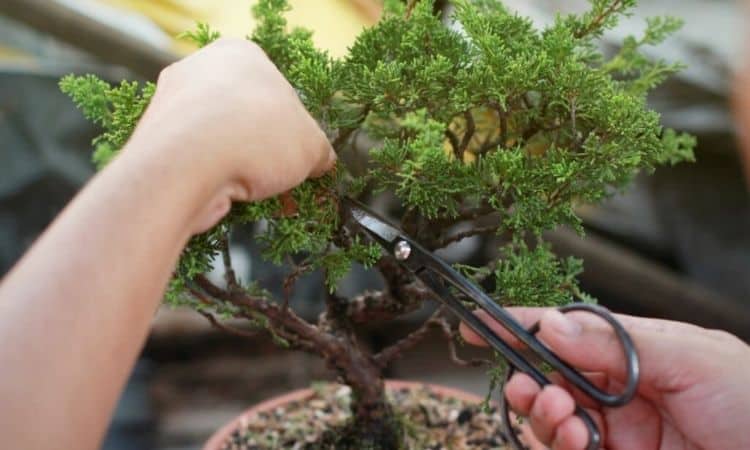
To help your tree stay healthy and look nice, trim it in late winter or early spring, just before it grows again. This is a good time because the tree rests, and you won’t hurt any new branches.
When you trim, focus on giving the tree a good shape and removing branches that are dead or too close together. This lets more sunlight and air reach the branches, helping the tree grow well. It also makes your tree look neat and pretty in your garden.
Making Your Cotoneaster Look Nice

Make sure to check your plants often for any extra bits that shouldn’t be there, and snip them off gently. Also, pay attention to how your plant grows overall and adjust if needed. This might mean giving it a little trim now and then or moving it around to help it grow in the right direction.
Your plant needs some occasional tidying up to stay healthy and look good. So, watch out for any messy growth and give your plant the care it needs to stay happy and pretty.
Shaping Your Cotoneaster Branches
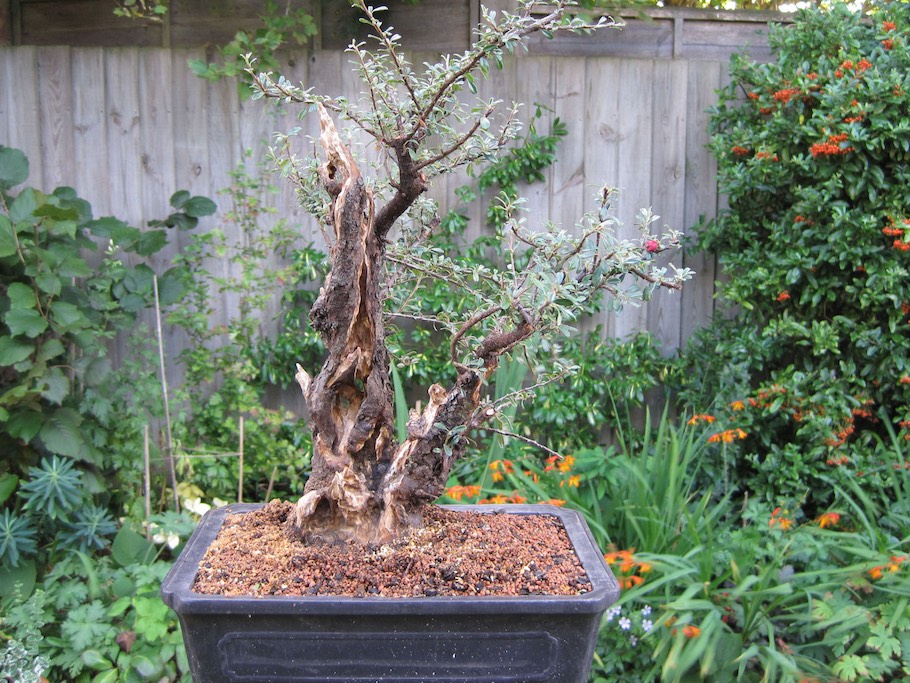
In the spring, you can use wire to shape your Cotoneaster’s branches gently. Just be careful not to bend them too much. This simple trick helps your plant look better. Think about helping your plant grow in your chosen location. So, get some bonsai wire and help your Cotoneaster in the spring. Don’t bend the branches too much.
Dealing with Pests
Pay attention to your Cotoneaster plants for little bugs like aphids, scale insects, and spider mites. These tiny pests can hurt your plants. But don’t worry, you can easily protect your Cotoneaster. Just watch for these critters, and if you see them, use neem oil or special soap for bugs.
These natural fixes will help keep your Cotoneaster healthy and happy. So, remember to check your plants often and give them some bug-fighting help if needed. Your Cotoneaster will thank you with pretty, bug-free leaves.
Conclusion
Cottoneasters can be a good choice when it comes to making bonsai. Cotoneaster plants offer a bunch of advantages.
They are hardy, meaning they can handle different weather conditions, making them great for beginners. Their small leaves and beautiful berries make them beautiful.
You need to know that bonsai isn’t an instant art. It takes time to shape and trim your cotoneaster into a beautiful bonsai tree.
So, if you like bonsai and want to try something new, cotoneasters are a good choice. Just be patient, enjoy the process, and you’ll have a beautiful cotoneaster to admire in no time.


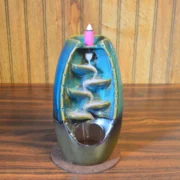


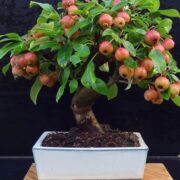


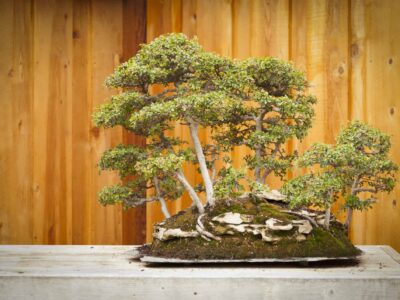

Comments